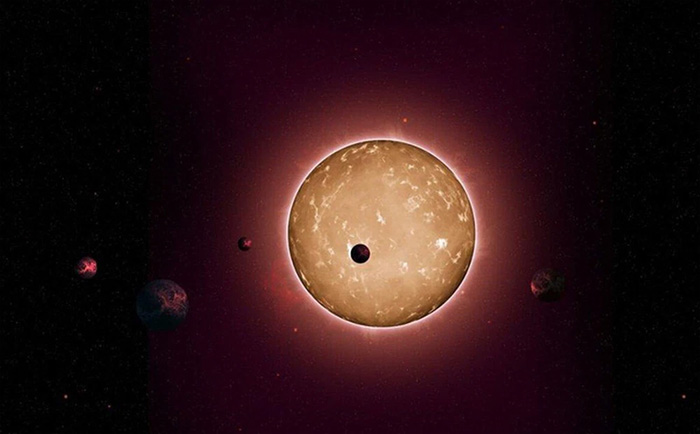The National Aeronautics and Space Administration (NASA) has recently discovered the existence of over 300 new planets, thanks to the support of machine learning technology—a technology developed from the field of artificial intelligence.

A planet transiting its central star as discovered by the Kepler telescope (Photo: NASA).
According to NASA’s announcement, scientists have identified an additional 301 new planets, bringing the total number of discovered planets to 4,569.
It is known that most of the exoplanets discovered are located within the Milky Way galaxy, within 3,000 light-years from Earth. The confirmation of these distant planets was made possible by a system called ExoMiner, which utilizes NASA’s Pleiades supercomputer and data from the Kepler telescope.
NASA stated that the ExoMiner system has helped experts significantly reduce the time required to process the vast amounts of data from the telescope to determine which candidates are new planets.
Previously, these planets had been detected by the Kepler telescope, but scientists were unable to confirm whether they were indeed new planets until the ExoMiner system was implemented.


















































